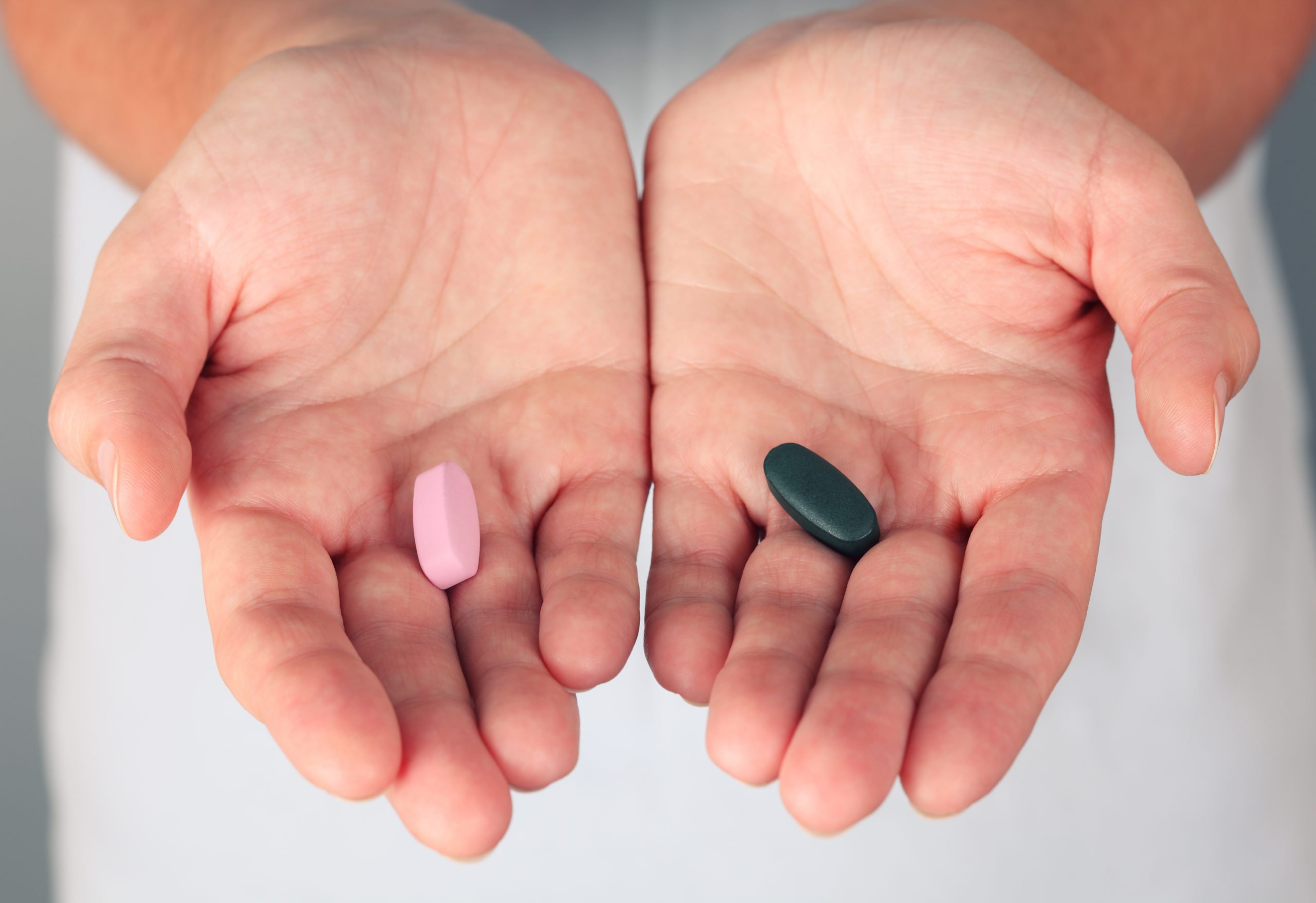Each week, OMRF Chief Medical Officer Dr. Judith James opens “Adam’s Journal” to answer a medical question from Adam Cohen, OMRF’s senior vice president & general counsel.
Adam’s Journal
Here’s a question from one of our coworkers at the Oklahoma Medical Research Foundation:
My doctor changed my medication to something he referred to as a “biosimilar.” What the heck is a biosimilar?
Jenny Lee
Dr. James Prescribes
Whether doctor or patient, navigating today’s healthcare landscape becomes more complicated with each passing year. Oftentimes, learning the vocabulary is crucial.
To understand biosimilars, you have to parse the word into its two constituent parts: bio and similar.
You probably get the concept of similar. It means a lot like, but not identical.
The “bio” is short for biologic medication. These are therapies made from living sources, like animal cells or microorganisms.
So, putting these together, biosimilars are drugs that are nearly the same as existing biologic medications.
Biologics come from living sources and have natural differences, and the Food and Drug Administration compares the process to making multiple loaves of bread from a single recipe: “No one loaf is an exact copy of another, but they are all the same type of bread.”
Because living sources (like yeast, if you stick with the bread analogy) have minor variations, no two batches will come out precisely the same. But they all will provide the same benefits.
Biosimilars are like, but not the same as, generic drugs. Generics are made from chemicals, not living sources. As a result, they can exactly reproduce the drugs they are copying.
Like generics, biosimilars must receive FDA approval before they can be given to patients. This process is not as lengthy as the one testing the medications they are copying, but it is a careful review designed to probe whether biosimilars are as safe and effective as the originals.
Biosimilars are usually less expensive than the drugs upon which they are based. However, this isn’t because they’re inferior or riskier; it’s because the pathways in this area have already been blazed by another medication, so the costs of following a nearly identical road are considerably less.
When prescribing a biosimilar, doctors typically monitor patients carefully during the transition. This ensures they receive the same benefits as they did from the original drug.
–
James is executive vice president and chief medical officer of the Oklahoma Medical Research Foundation. Cohen, a marathoner, is OMRF’s senior vice president and general counsel. Send your health questions to contact@omrf.org.



